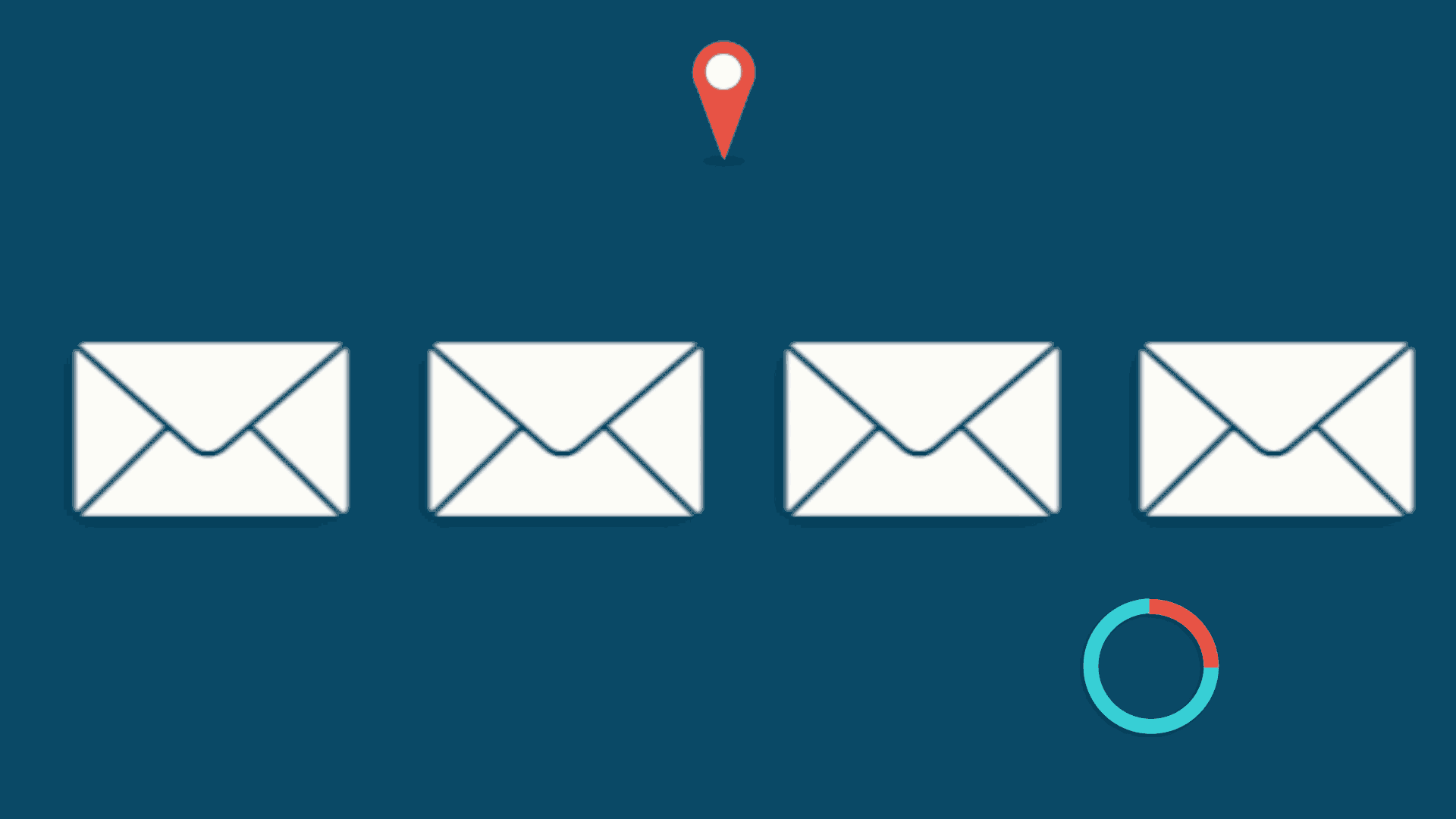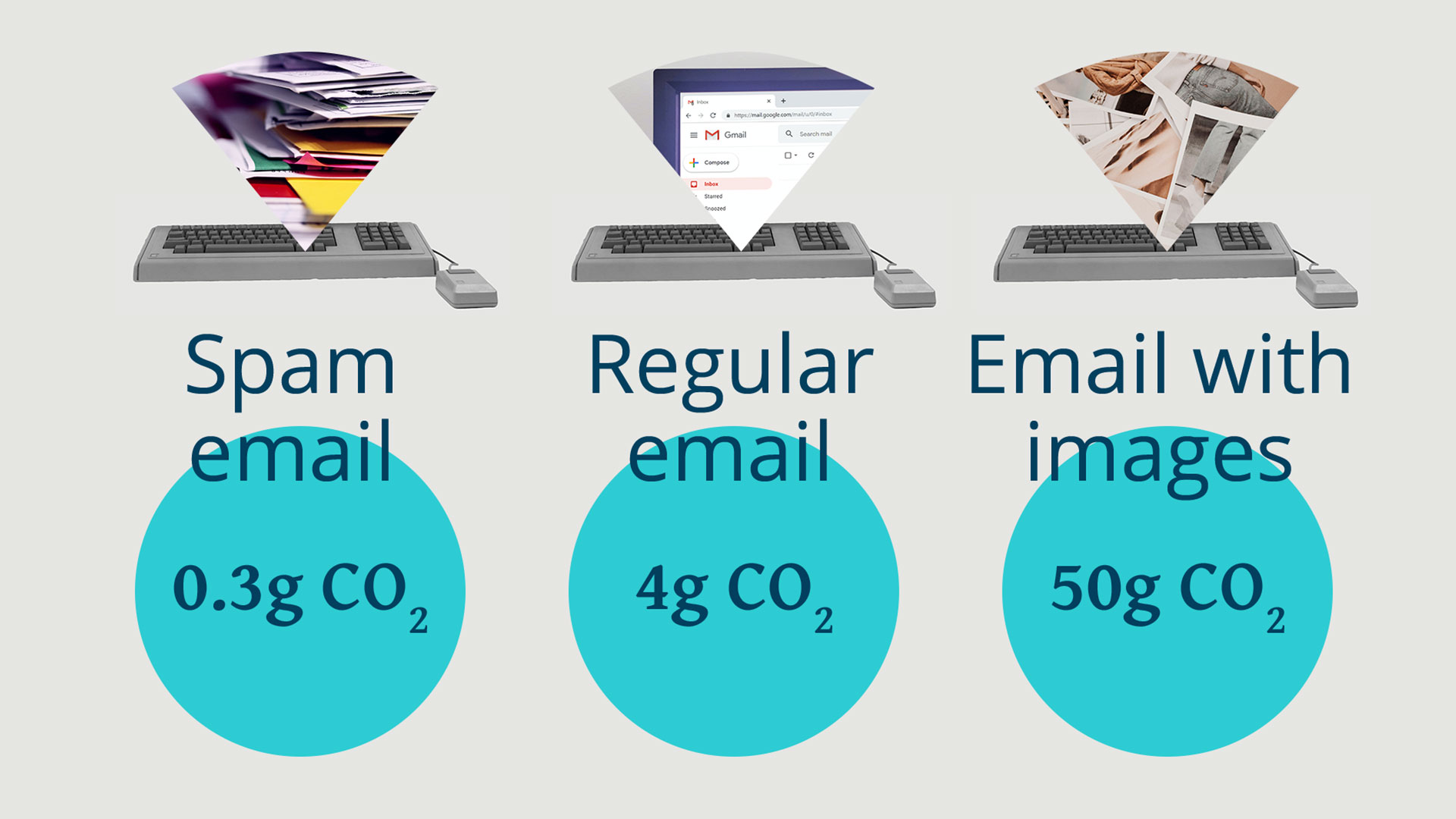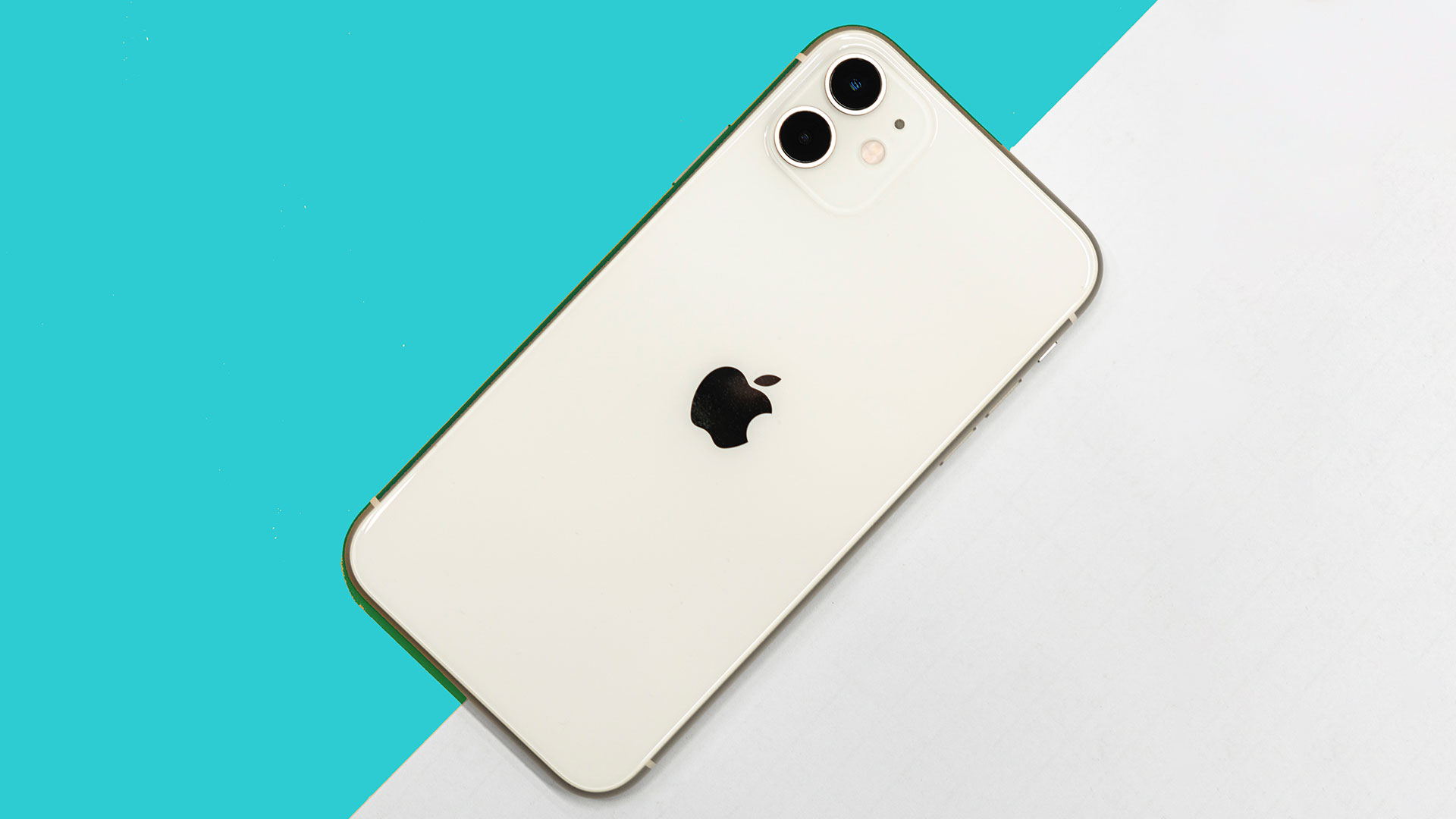By Toni Bowater, Digital Designer
Why email marketing isn’t dead and never has been.

Long before Facebook was a twinkle in Zuckerberg’s eye, emails have been part of our lives. We all have that ‘first’ email address (RIP fluffy_n_sparkly@yahoo.co.uk) and while that particular moniker is best left in the ground, I still have one of my original Hotmail email addresses and use it mainly for online shopping. I did eventually upgrade to a Gmail address for those more important communications such as employment and council tax. My point being – email has been around a long time.
Email marketing has been around almost as long and while there’s a lot of company nowadays (hello ‘omni-channel marketing’), it’s just as relevant as it’s always been.
What makes email so special?
As an email marketer, it’s impossible not to come across the regular clickbaiting articles proclaiming “EMAIL IS DEAD”, but thankfully, dear reader, all nine of email marketing’s lives are fully intact. Email has remained a constant, steady marketing channel which consistently outperforms its peers in terms of ROI (the DMA estimates that the value of an email address sits at £35 for every £1 spent in 20201).
The fact that your email address is still such an integral part of browsing and using the internet (think shopping, streaming, gaming) and is regularly used to ‘log in’ to pretty much everything, it’s your key marketing tool. It’s one of the few ways to contact your customers in a non-intrusive way and puts all the power in their hands. If they don’t want your emails, they can simply unsubscribe and move on with their day.
Our reliance on mobile phones has only increased email’s importance. If you don’t get your emails on your phone, then I’d hazard a guess that you’re using a Nokia 3310.
The latest challenges
It wouldn’t be a true write-up on the state of email marketing without mentioning last year’s iOS 15 update from Apple which did set back some of the more cutting-edge email developments. Essentially it allows users to ‘hide’ from email tracking pixels which would otherwise be collecting open data as well as location and device type.
While this is bad news for anyone doing real-time weather-related marketing (Anyone? No?), it also means that your open data isn’t really a reliable metric, although it never really was. Anyone who had images disabled would be already excluded from your stats, so it’s just an exaggeration to a problem that was already there.
The positive side of this newest development is that it forces marketers to rethink how they measure email success. Yes, click rate is okay but if you can ask yourself ‘what action am I trying to get people to take with this email’ and measure it, that’s the true measure of your marketing efforts. Whether you’re looking at products sold, applications filed or even behaviour change, finding an effective way to measure your campaigns is a much more valiant effort than simply tracking lone email stats (Did I mention The Union has an excellent Planning team?).
What we can do
Developing for email has always been a challenge and with the adoption of dark mode, there are even fewer tricks up our sleeves to beautify our communications. Having to support old versions of email clients like Outlook 2007 (yes some companies still use it!) has always thrown up difficulties but there are also people out there coming up with amazingly clever ways to introduce interactivity into emails.
We’ve built interactive carousels, clickable hot-spots and countdown timers for our clients and are always looking for the newest ways to delight subscribers (while also balancing that with a good sense of accessibility). Since the pandemic, email send volume has nearly tripled2 and in the immediate response, email was a lifeline to clients to get in touch with previously in-person leads or customers.
We can personalise and segment in a way that above-the-line can only dream of. Social media in its relative infancy is still catching up – email marketers have long known that it’s ‘engaged’ users that we want, not simply large numbers of subscribers or followers.
“Your email list is one of your most valuable assets. Keep it tidy, be mindful and respectful of your subscribers and make your communication meaningful.”
Hygiene is everything
We’ve established that email is alive and kicking. It should be at the heart of your marketing strategy and in particular, your retention strategy.
Your email list is one of your most valuable assets. Keep it tidy, be mindful and respectful of your subscribers and make your communication meaningful. The value of this is twofold – an engaged subscriber-base (which incidentally also is the holy grail of deliverability) and a lower cost. Both at a business-level, but also on a global scale.
We’re only beginning to scratch the surface of the carbon cost of online activity but the current suggestion is that a ‘spam’ email costs 0.3 g CO2e (carbon dioxide equivalent) mainly because it isn’t read and is either immediately deleted or hidden away in the junk folder. A ‘standard’ text email sits at 4 g CO2e, while an email with ‘long and tiresome attachments’ could rack up as much as 50 g CO2e3.
As email marketers, we can compress images and HTML as much as we can to lessen the load and choose our email platforms carefully. Some claim to be carbon neutral while others make no mention of sustainability.

Get in touch with Union Digital if you’ve got any email requirements and we’ll be happy to help you to increase subscriber engagement, trim down your images and work with you on your KPIs.
1 https://dma.org.uk/uploads/misc/marketer-email-tracker-2020.pdf
2 https://info.sailthru.com/rs/977-SCI-749/images/2021_CM_EmailBenchmarks_Guide.pdf
3 https://carbonliteracy.com/the-carbon-cost-of-an-email/

